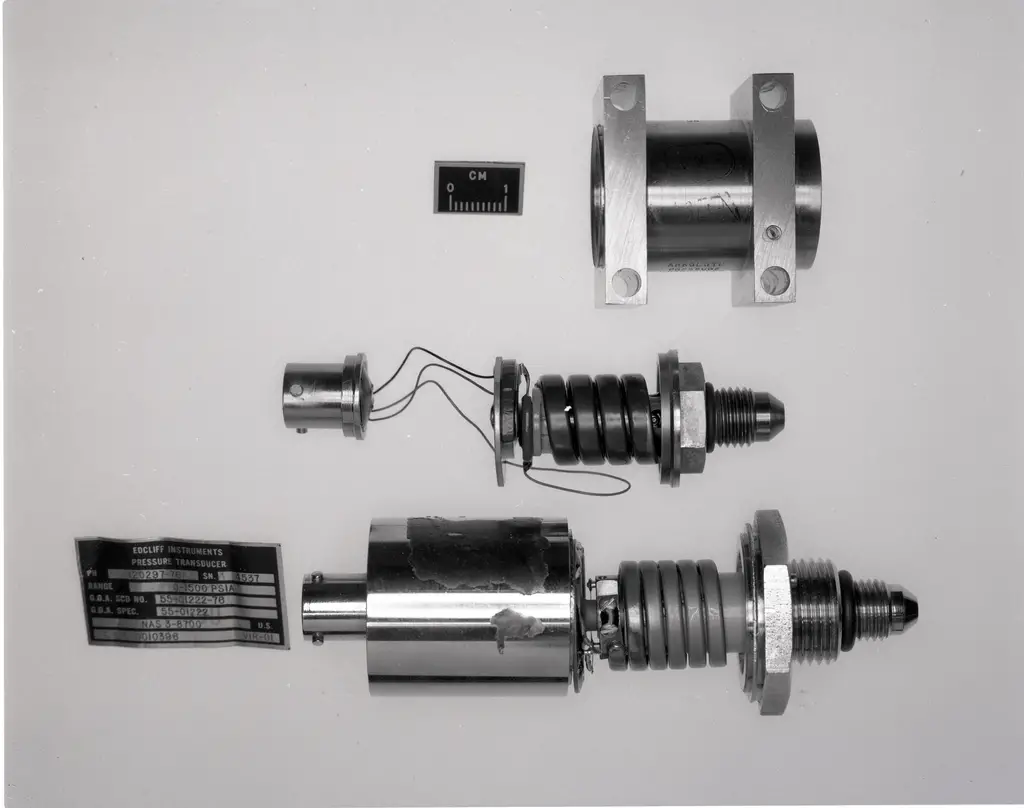Transducers converts signals from one form to an another form. When you record your vocals using a microphone, there is a transducer to convert the dynamic sound waves into electronic signals. Once it go through electronic processers, it needs to go through an another transducer to covert that electronic signal back to a sound wave.

We mostly use these transducers at the boundaries of automation, measurements and control systems. When selecting a transducer, we need to know whether we can use it in those applications.
There are almost 7 factors to consider when it comes to the selection criteria of a transducer.
Understand the Required Operating Principle
There are many type of transduces which is differ from it’s operation principle.
For an example active transducer work under the energy conversation principle. So active transistors does not need any external power source to operate. On the other hand, the passive transducers need an external power source to operate.
Types of transducers by their operation principle
- Active and passive transducers
- Analog and digital transducers
- The primary and secondary transducers
- Transducers and inverse transducers
- Resistive transducer
Determine the Operating range
In order to operate a transducer, some transducer require an electrical input. And the operating range of a transducer is the range between highest and lowest amplitudes it can operate with it’s best performance.
Understand the Required Accuracy and Precision
The required accuracy differs from your application. For example, we can take a temperature sensor. Sometimes you only need to know whether it’s hot or not. But in some cases, you need to know the temperature in a accurate scale. So it’s not always required to have a higher degree precision and accuracy. It’s all depend on the application.
Understand the Required Sensitivity
The sensitivity of a transducer is the minimum output of the physical parameter which will create a detectable output. Therefore, your transducer should be sensitive enough to detect the physical parameters of your application.
Check Environmental Compatibility
According to your application, the environment conditions changes. In order to maintain the precise input and output, you need to check whether it’s compatible with your conditions or not.
For example, when transducers use in biomedical industries and fishing industries, we have to consider two different environmental compatibilities.
What is the Loading Effect
Loading effect is the effect on the source by the load impedance. In other words, it’s the degree that a device impacts on electrical properties such as voltage current and resistance.
Loading effect is so important when it comes to measuring instruments. Because theoretically, they should not draw any power from the system. At least they should only consume a negligible power.
For example, a voltage meter need to be connected parallel to the electronic components for measure a precise voltage.
Consider Stability and Reliability of the Transducer
There are rough and soft applications of transducers. In some applications we only use transducers few times. But in some applications, use a transducer for years. So, according to your application, you can select a good reliable and stable transducer.
There is no need to use the most stable and the reliable transducer in the market. The better the build quality, higher the price is.


